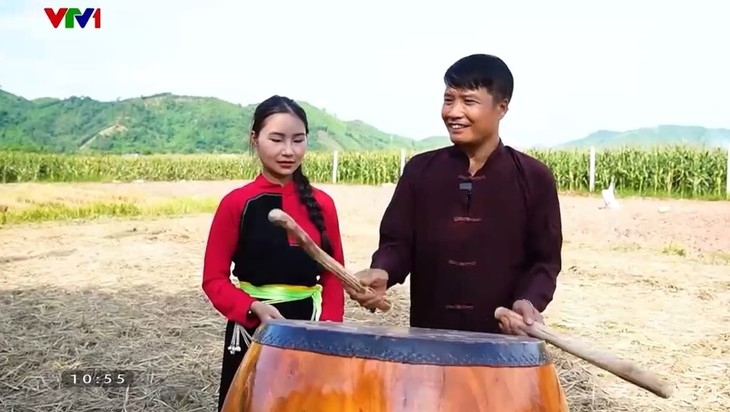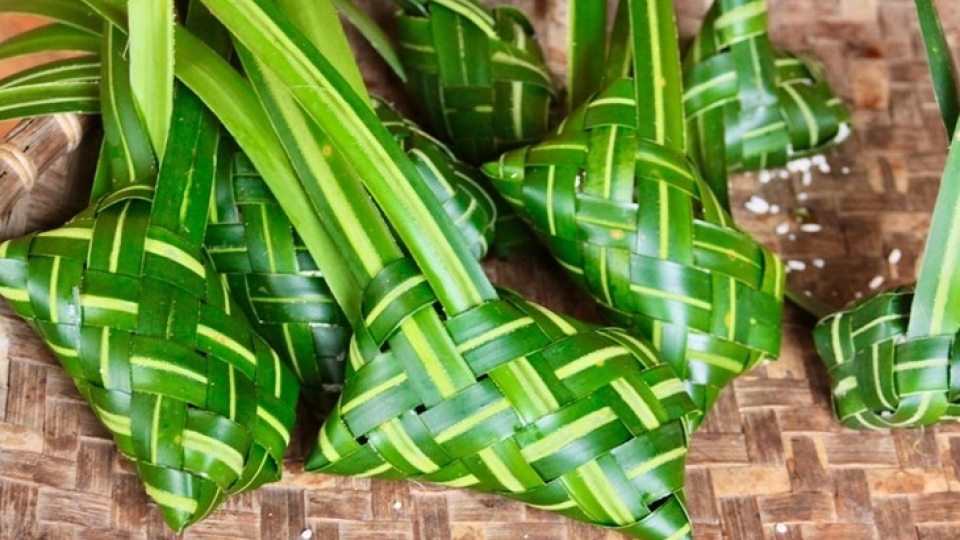Folk songs and dances of the Cao Lan people in Yen Bai
VOV.VN - Yen Phu is a purely agricultural commune in Van Yen district, Yen Bai province, where the Cao Lan ethnic people make up nearly 10% of the population.

Despite living with other ethnic groups, the Cao Lan people have preserved distinctive features of their culture, folk songs, dances, and festivals.
Cao Lan people say that wherever there are Cao Lan people, there is sinh ca singing. Sinh ca, a national intangible cultural heritage, comprises traditional songs for New Year celebrations, weddings, call-and-response sessions, and lullabies.
“There are multiple tones for lullabies with emotional lyrics and lovely melodies. We really want to preserve our ethnic identity, particularly our lullabies,” says Ly Thi Ung, a resident of Yen Phu commune.
Whenever they gather, Cao Lan people sing about the beauty of their homeland and villages. While working, they sing in praise of a strong working spirit and in the hope for an abundant harvest. When young men and women meet and fall in love, they sing to express their affection and make a marriage proposal.
The lyrics of Cao Lan folk song are often poems in the form of four lines of seven words. They often repeat a phrase for emotional effect. A song session often begins with an introduction to describe the context.
There are four types of sinh ca songs: songs to welcome the New Year and wish for prosperity and happiness, love duets exchanged between couples, joyous wedding songs, and traditional and new riddle songs.

Ly Thi Binh, a Cao Lan woman in Trung Tâm hamlet, shares, “I’m proud to be a Cao Lan person and I always want to preserve our cultural identity. Recently, we’ve practiced for some performances and participated in art festivals. We hope the authorities will help us preserve our ethnic identity for future generations.”
Traditional dances are another source of pride for Cao Lan people The Cao Lan do not have community dances like other ethnic groups, they perform group dances during funerals and other rituals. The dance movements are stylizations of daily activities.
Hoang Thanh Binh, a researcher of Cao Lan culture, says, “A Cao Lan dance has many complex rhythms, defined by dram beats on the drum surface and drum sides.”
Cao Lan dances reflect a deep connection with nature, pleasure in physical labor, and aspirations for love and a better life. There are dances that imitate girls catching shrimps in a stream, that celebrate a new rice harvest and express gratitude to the Genie of Agriculture, and that depict the playful courtship of two pigeons in a field.
“Cao Lan dances are created to celebrate bumper harvests or festivals. The movements mirror farming motions, sowing seeds, harvesting, and pounding rice. The lively steps and gestures of the dances excites the dancers," explains reseearcher Hoang Thanh Binh.
The Cao Lan have passed down their cultural practices through many generations and have a deep pride in their history and heritage. To preserve and promote the Cao Lan culture, authorities have organized classes and clubs in which young people can share their passion for traditional costumes, cuisine, and sinh ca melodies and dances.



